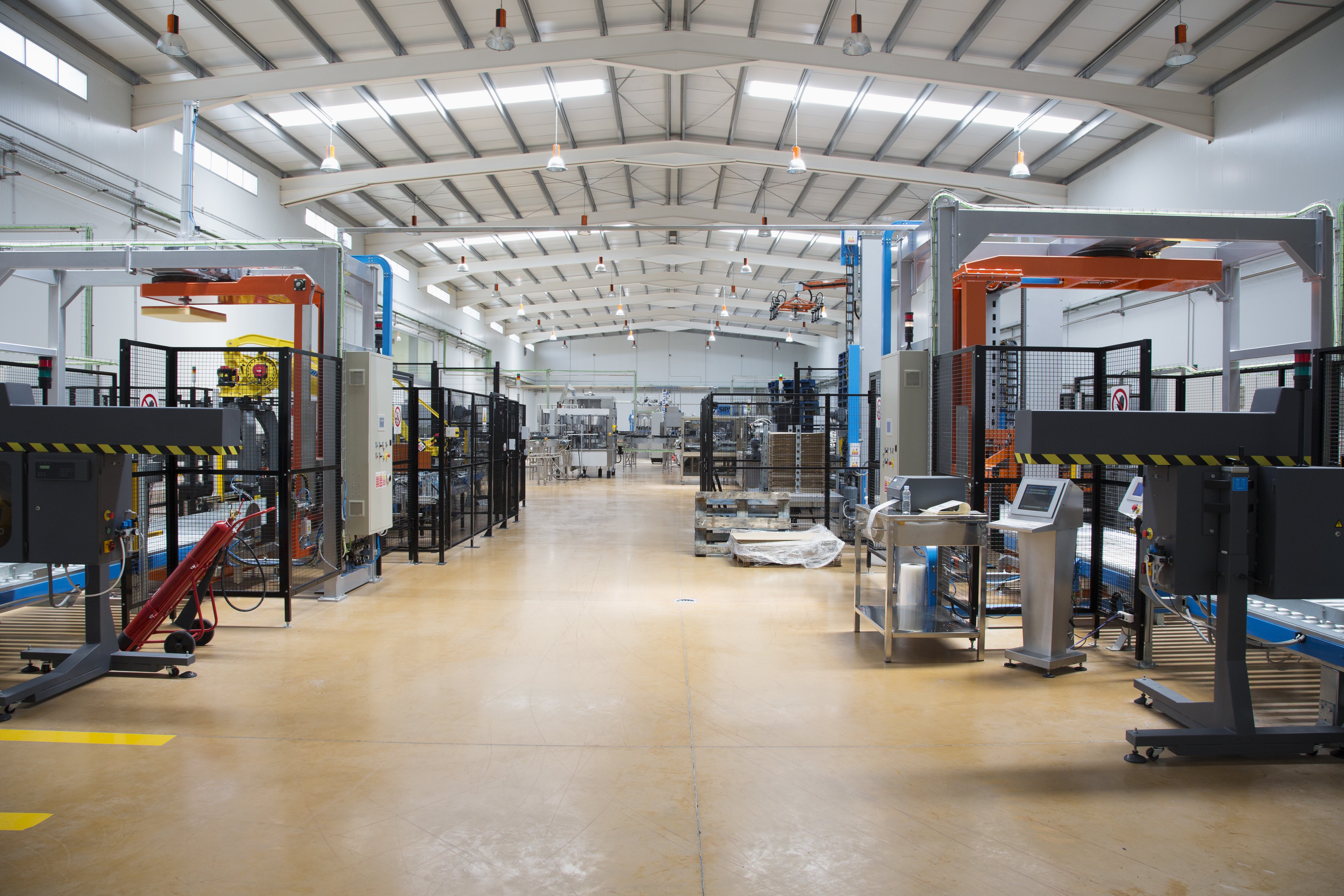
Noisy Restaurants And How To Solve The Issue
An increasingly “loud” complaint from many restaurant-goers is the level of noise experienced during their dining experience. Although some restaurant owners believe that higher levels of ambient restaurant noise results in diners consuming their food faster, and leaving their tables more quickly, there may not be enough evidence to ignore the numerous noise complaints coming directly from restaurant customers. The expected increase in sales from higher table turnover in a single evening may not be a worthy long term strategy if customers find themselves less likely to return if the atmosphere was not conducive to an enjoyable dining experience with their friends, family or colleagues.
Common Complaints
The types of complaints diners submit to online review sites or post to social media in regards to restaurant noise range from the minimal to the extreme. Some simply find the music to be too loud to hold an enjoyable conversation. Others say the level of noise is unsafe for prolonged exposure, fearing the possibility of hearing damage long after their meal is over. Although noise complaints have topped dining reports for years, further studies have focused on decibel levels in restaurants in several large cities across the country. The findings have been alarming, measuring ambient noise to be around or even above 90 decibels, which is exactly the maximum exposure limit allowed for a workday consisting of a full eight hours by the Occupational Safety and Health Administration (OSHA).
Suddenly the concerns coming from what seemed to be more extreme restaurant goers seem quite a bit more valid. While the promise of an enjoyable meal out may certainly hold a certain allure, the “gather at home” alternative can be much more appealing than fighting to find an acceptable decibel level to hold a conversation in a loud restaurant.
So what can restaurant owners do to respond to these complaints and maintain their customer base?
Recover Faithful Diners with Restaurant Soundproofing Solutions
The easiest and most efficient solution restaurant owners can choose when it comes to solving noise problems is through commercial soundproofing. Restaurant owners may not realize they are the victims of commercial noise pollution while they are experiencing a handful of the most common noise types:
- Ambient noise: noise that occurs naturally in the background, like the conversation of other diners.
- Impact noise: the noise of two solid objects colliding, commonly caused by dropped items such as dishes or glasses or from an upper floor to a lower floor.
- Masking noise: noise that is loud enough to drown out other sound, which can be a common occurrence when music is played through most types of sound systems.
- White noise: noise with constant energy over many frequencies, such as the noise of dishwashers or other common kitchen appliances.
When broken down like this, it surfaces the noise problem many restaurant owners face, despite what may be first apparent. Without having to commit to a large soundproofing project, there are suggested steps and solutions that can yield significant results for your restaurant.
Headlines, such as: "Is downtown St. Pete too noisy or is the vibe just right?" are dominating right now. In fact, St. Pete city leaders will be considering changes to the city’s noise ordinance this Spring. Are you prepared?
A popular solution for many restaurants is to use soft panels that reduce echoing, reverberation and other airborne noise, as seen at Tuscan Kitchen and other restaurants addressing noise complaints. Through proper evaluation, Sonic-Shield can determine the scale of a recommended solution with most cases resulting in quality product easily installed on location around hours of operation. Sonic-Shield offers a line of products that can help make your restaurant a more enjoyable environment keeping diners coming back for a great meal and a great experience. Get in touch if you’d like to explore your options to reduce noise complaints in your restaurant.





